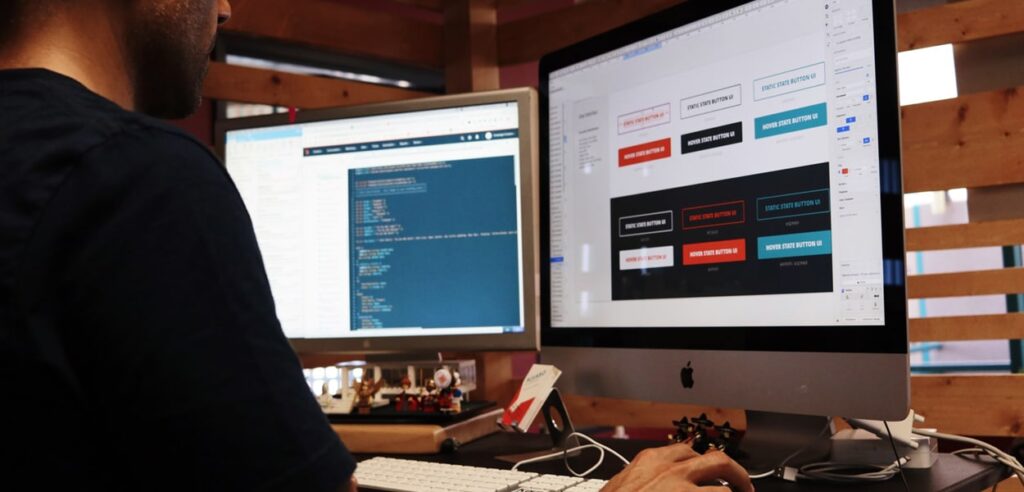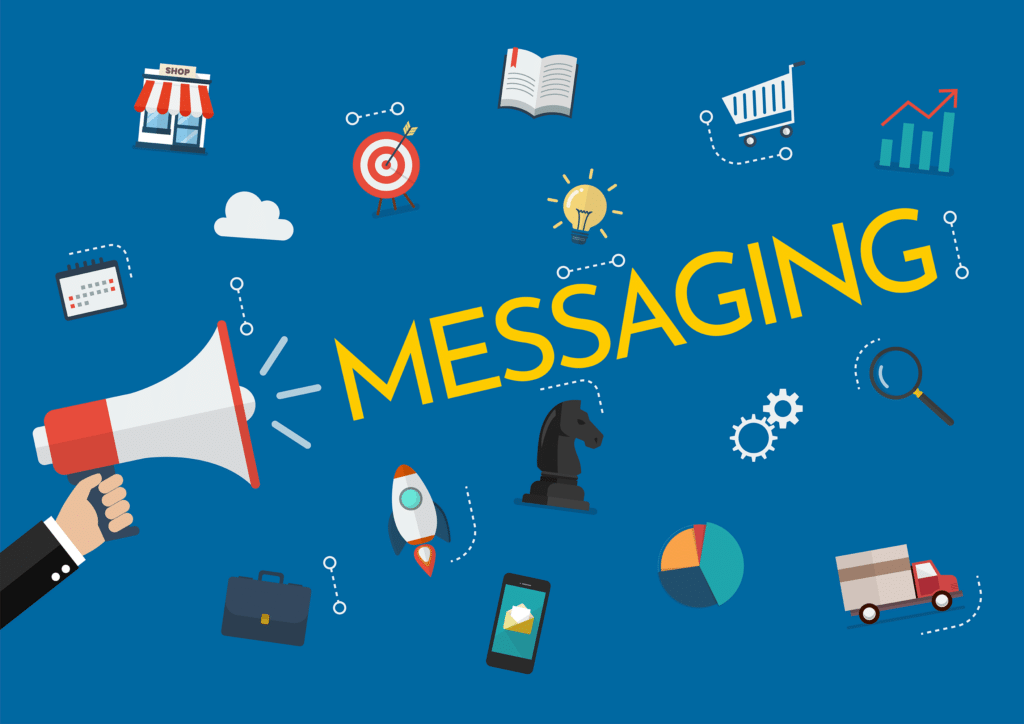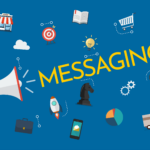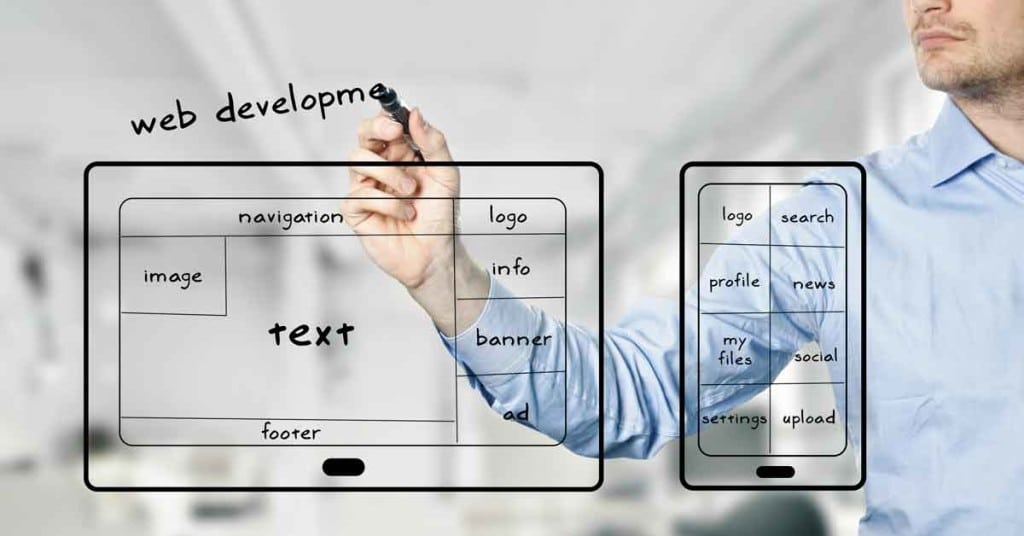
If you had a store in town, you would want it to accommodate all types of customers, right? Your sign would be large and easy to read, and the entrance would be wide enough to accommodate strollers, carts and wheelchairs.
But have you ever looked at your website from this angle?
In this post, we’ll cover some tips for improving the accessibility of your site, so that all visitors can easily view and talk to it, including people with disabilities.
Web accessibility (sometimes referred to as “web accessibility”) is the practice of designing the design of a site so that it can be easily used by people with disabilities, whether their difficulties are sight, hearing, use of a mouse, reading and comprehension of texts or motor skills.
It is also about making navigation easier for all visitors, especially the elderly, those who struggle to talk to screens or those whose experience of the site is restricted by their current situation (for example, if they are in open space office and cannot listen to audio content).
Web accessibility: common Talking to obstacles

Important information placed in an image or infographic: a person using a screen reader will not have access to it;
Videos or audio tracks without subtitles or transcripts;
A navigation menu that is too long and complex: someone navigating your site with a keyboard will have to go through all the pages before accessing the desired one;
Buttons that are too small or too close to each other;
Text that is too small or that blends into the background because the colors are not in sufficient contrast;
Instructions entirely based on color or other visual elements: for example, “pressing the red button” will be problematic for color blind (4% of the population);
A phone number as the only means of contact: If someone cannot speak or use a traditional telephone, they will need another means of contacting you.
How can I make my site more accessible to talk to?
You can find manuals and checklists on the Internet to help you improve the accessibility of your website. In general, showing a little empathy and vigilance when creating your site design is a good place to start. Here are some suggestions:
- Offer alternatives to visuals and audio
If your visitors use a screen reader or other navigation tool, they will not be able to access your site information contained in infographics, tables or videos. Be sure to add a transcript or captions to items that may be problematic.
- Add alt text to your images
Alt text is a brief description of an image. It will integrate into the HTML code of the site for screen readers to access. This way, a user who cannot see your image will still know what it represents. (As a bonus: alt text helps improve your SEO.) Here’s how to add alt text to your website.
- Adjust the colors and contrasts of your site
Choose colors that are different enough that the text is easy to read. The simplest and most effective combination is undoubtedly a dark color on a light background.
- Create clear and big enough buttons
Leave space around the buttons – they will be easier to click and read. Also, avoid placing two important buttons next to each other, as your visitors could accidentally click the wrong button (which is never nice). Not sure how to use the buttons? In a previous post, we gave you some tips for creating effective call-to-action buttons.
- Choose readable fonts
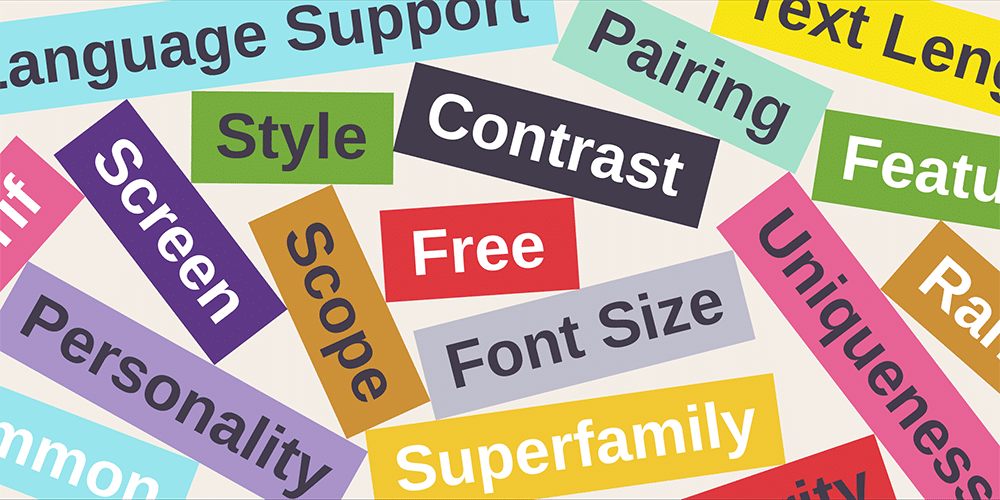
Conclusion: an accessible website benefits all your visitors
The good news is that you just need to make a few small changes to your website to make it more accessible. In addition, by improving the accessibility of your site for people with disabilities, you will also facilitate navigation for all your visitors. In short, everyone will be a winner!




